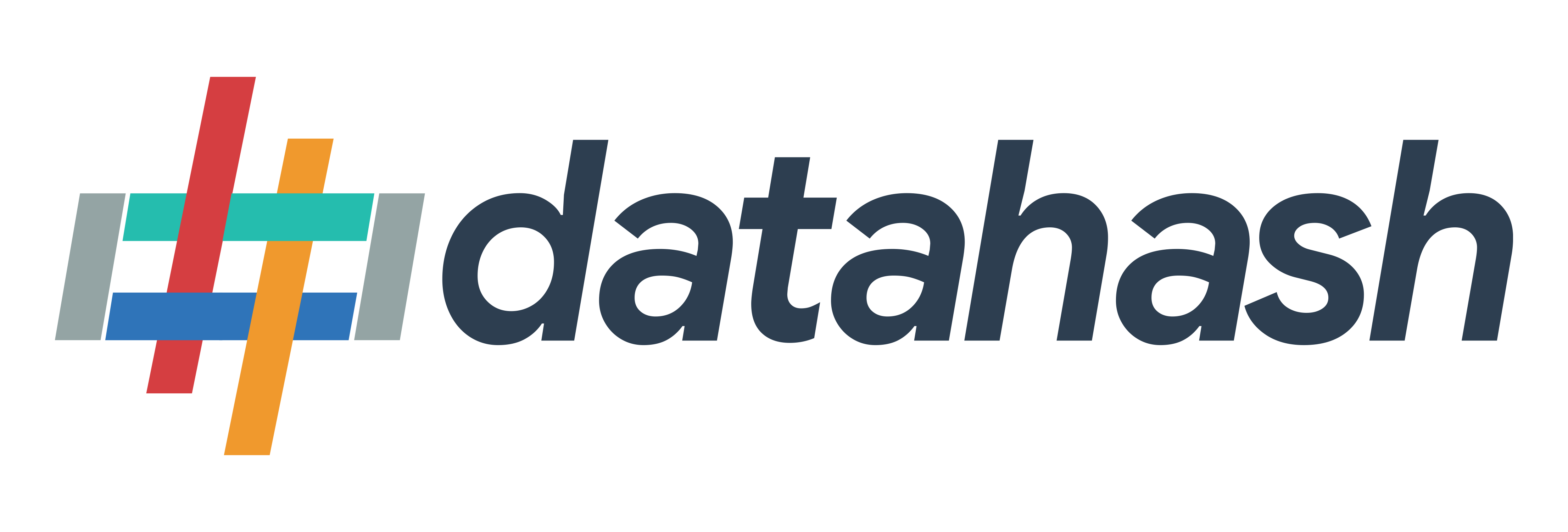Overview
Description:
Google Cloud Storage is a web service for storing and accessing data on Google’s
cloud infrastructure. It’s used for storing large amounts of unstructured data, such as video and audio files, backup data, and analytics data.
Pre-Requisites:
- GCP bucket
- GCP JSON Key
Getting Started:
Let’s go through the process required to set-up File GCP for Custom Audience.
Go to the Datahash dashboard and locate the Sources card. Look for File GCP connector
under Files category and click on it.
- The First step is to select the File data type. This helps in Datahash in understanding what type of integration the user wants to do. Currently we support Offline events, Custom Audience, Google Leads, Store Sales and Meta CLO data type integration across multiple advertising destinations.
For this integration, click on “Audience”. Choose your action type for audience, and provide a source name to your connection. Click Next
In order to setup the connection successfully, kindly download the file which help you understand the overall structure in which you need to get the data setup. Once done, take the downloaded file set-up in a GCP bucket and add credentials in the next step.
This is the most important step where the user needs to provide the Google cloud
credentials which will help Datahash to access the file for further processing. These
credentials are:
- GCP Bucket Name: The name of the bucket you created on the Google Cloud Storage Console.
- GCP JSON Key: A Google Cloud Platform (GCP) JSON key is a credential that allows a user to authenticate and access resources that a service account has been granted access to.
- Relative path to data folder: A path like prefix name where you have stored the data in the GCP Bucket like ‘my folder/this table’
Once all the credentials are provided, Datahash will validate the credentials, after which the connection will be successfully setup – if all the credentials are valid.












